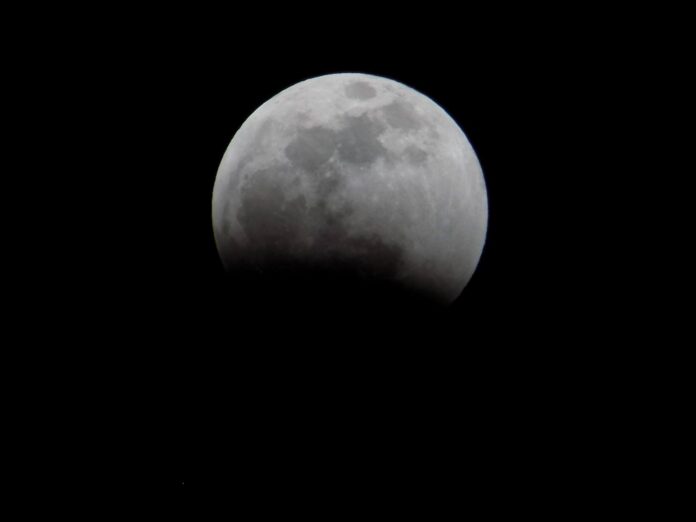On Tuesday, September 17th, the Full Harvest Moon will experience a partial lunar eclipse that will be visible over Beaufort and the rest of North and South America (except for Alaska), Europe, most of Africa, western Asia, and parts of Antarctica. This eclipse will take place during a “supermoon,” which will make the moon appear slightly larger in the night sky.
For Beaufort, SC and the rest of the Eastern time zone of the U.S., the eclipse will begin around 8:40pm and will peak around 10:44pm.
Lunar eclipses occur when the sun, Earth and the moon are lined up so that Earth casts its shadow on our natural satellite. This lunar eclipse will be only a slight one, with just the top 8.7% of the moon covered by the darkest part of Earth’s shadow. Still, a lunar eclipse is a celestial spectacle worth watching any time it occurs.
September’s full moon is usually referred to as a Corn Moon, but not this year. According to the Farmer’s Almanac, September is traditionally when corn is harvested so the term Full Corn Moon is a name for a full moon in that month.
Harvest Moon is a common term for the full moon that falls closest to the autumnal equinox, which is on September 22nd. Most years that happens in September, except every three years it is in October. So, not every Full Corn Moon is a Harvest Moon. Between 1970 and 2050, for instance, there are 18 years when the Harvest Moon comes in October. The last time was in 2020 and next time will be in 2025.
What sets the Harvest Full Moon apart from other full moons is that farmers, at the height of the harvest season, can work late into the night because the moon’s light becomes so bright and it also rises about the time the sun sets, offering the maximum time for their harvesting work to be done.
Supermoons by definition happen “when a full moon coincides with the Moon’s closest approach to Earth in its elliptical orbit, a point known as perigee,” according to NASA.
“During every 27-day orbit around Earth, the Moon reaches both its perigee, about 226,000 miles (363,300 km) from Earth, and its farthest point, or apogee, about 251,000 miles (405,500 km) from Earth.”
Supermoons in general appear 17% bigger and 30% brighter than when the moon is at its farthest point away from Earth, according to NASA. Supermoons are slightly bigger and brighter than most full moons, too. Just because it’s bigger and brighter doesn’t necessarily mean you’ll see it unaided, so binoculars may give you a better view.
A partial lunar eclipse over Beaufort, with a super moon should be pretty cool to see on Tuesday night.










